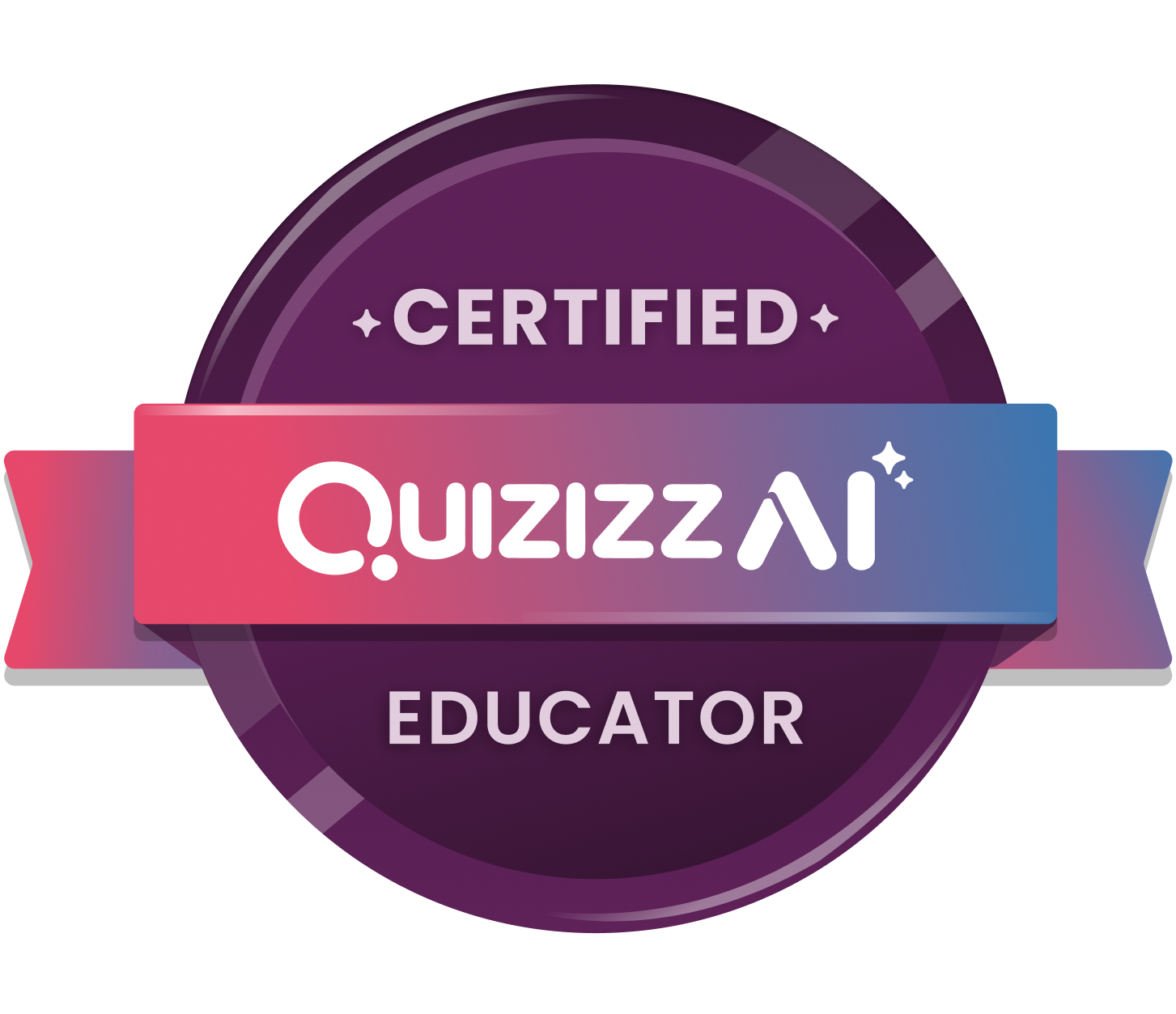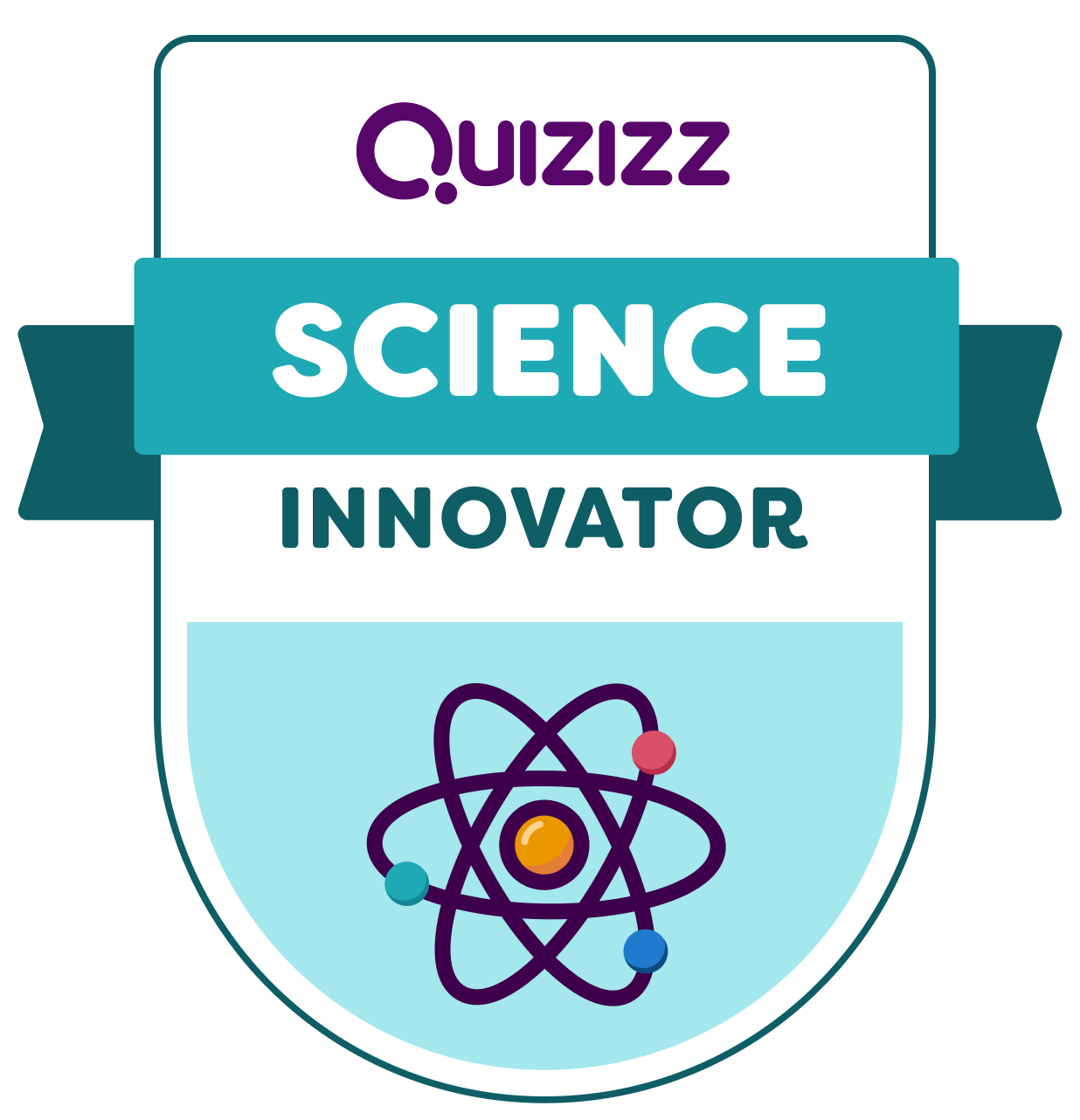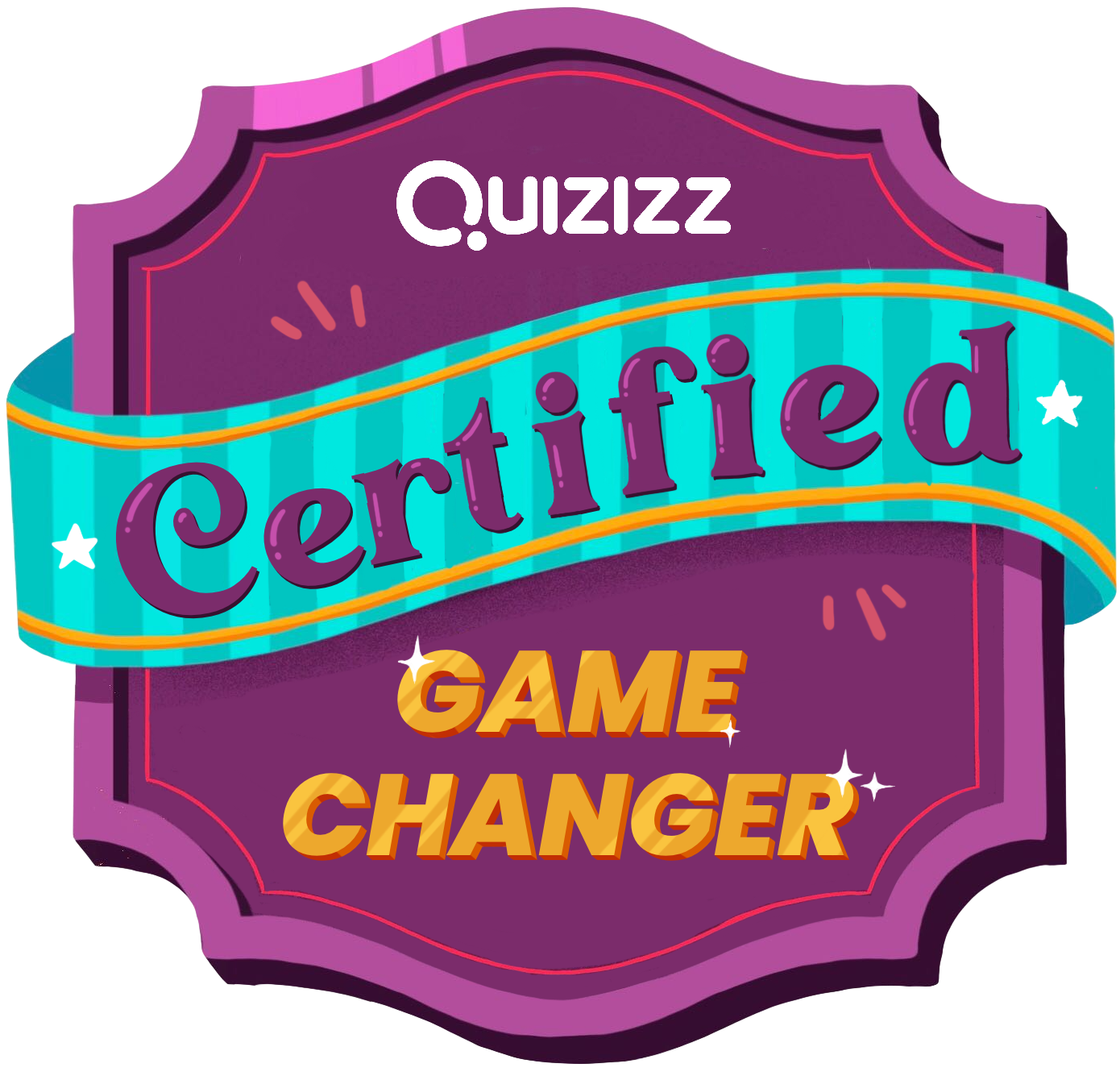Short answer, yes. There is a time and a place for everything. And even with inquiry there is a time and place for structure. I think learning a structure like the one in this blog is great for elementary teachers who teach Science. Is this the only way? No. Should you do this all the time? I don’t think so. This is just one strategy that personally I have found very helpful to teach students how to use and understand variables. In middle school I use this strategy a few times with my 6th graders, a couple of times with 7th graders and once with my 8th graders. Do we do other types of inquiry? Yes. What we do in middle school helps our students in high school. How do I know that? We work closely with our HS Science teachers. All of our middle school Science teachers work with all our HS Science teachers. All four of us! We have a PLC that meets four to five times a year for a full day each time.
Now for the long answer. One of the many learnings I took away from the North Cascades and Olympic Science Partnership’s (NCOSP) many great workshops was on using Inquiry Boards to help students structure and write up Science labs. And the funny thing is that I missed that workshop because I chose another at that time slot! I learned about the inquiry boards from people I knew who went to that workshop and were so impressed they shared what they learned with me and turned me on to using them. The power of a network.
Some other resources on Inquiry Boards:
When writing this blog I read the following article by Eric Brunsell (@Brunsell) How to teach students to think like Scientists and made note of the following section:
- The simplified, linear scientific method implies that scientific studies follow an unvarying, linear recipe. But in reality, in their work, scientists engage in many different activities in many different sequences. Scientific investigations often involve repeating the same steps many times to account for new information and ideas.
- The simplified, linear scientific method implies that science is done by individual scientists working through these steps in isolation. But in reality, science depends on interactions within the scientific community. Different parts of the process of science may be carried out by different people at different times.
- The simplified, linear scientific method implies that science has little room for creativity. But in reality, the process of science is exciting, dynamic, and unpredictable. Science relies on creative people thinking outside the box!
- The simplified, linear scientific method implies that science concludes. But in reality, scientific conclusions are always revisable if warranted by the evidence. Scientific investigations are often ongoing, raising new questions even as old ones are answered.
An experiment is one specific way that scientists seek to test ideas, but it is not the only way. An experiment seeks to uncover the relationship between variables by observing the affect of manipulating one aspect of a system while keeping the others constant. Other ways of testing ideas include identifying patterns, classifying, longitudinal observations, and modeling.
I include this section on the Scientific Method because that’s exactly what these Inquiry Boards are all about. This is why I’m making sure to say that this is one way to get started on inquiry but it is not the only way and shouldn’t even be used exclusively. That being said I think this is great for teachers who teach multiple subjects as this helps you learn a structure and helps you show your students one way to do experiments. If you can plan with the grades above and below you then these inquiry boards can be a powerful tool for inquiry.
Here’s a view into how I use the inquiry boards in my classroom. I tend to say too much, that’s something I’ve been working on for a long time. This is one of my 8th grade classes and many of these kids have used inquiry boards with me in 6th grade and with our other Science teacher last year in 7th grade. I had some new kids this year so I went into a bit more detail. They did great and came up with some great labs (see my last post).
And here are the actual inquiry boards –
Brainstorm:
01 Brainstorm
Choosing Variables:
02 Choosing Variables
Problem:
03 Problem
Hypothesis:
04 Hypothesis
Procedure:
05 Procedure
Table:
06 Table of Results
Graph:
07 Graph of Results
Conclusion (now replaced by CER):
Conclusion
These boards helped me help my students understand variables. I hope they can help others get started on the wonderful road of inquiry. Let me know if they work for you or if you have something better. Or share your doubts. What could I do better?

































































